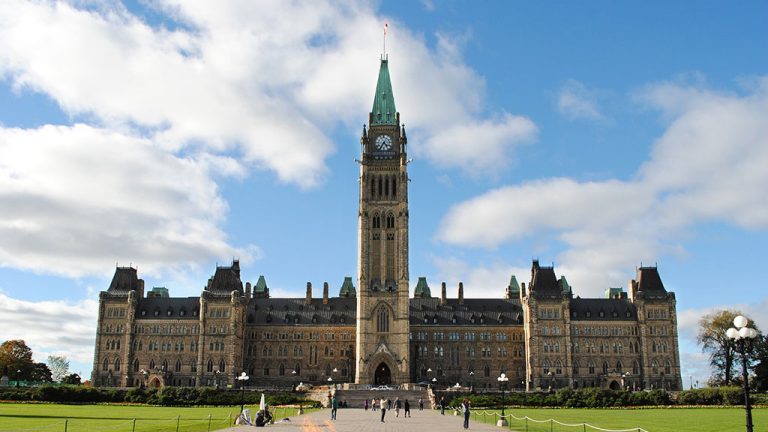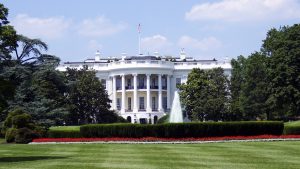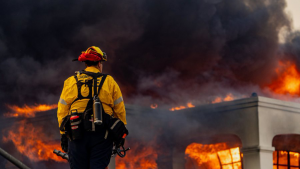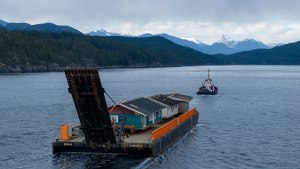Toronto City Council recently voted to eliminate the requirement to have police officers direct traffic at some construction sites, but the Ontario Sewer and Watermain Construction Association (OSWCA) says they should still be directing traffic when construction is taking place at or near intersections.
Toronto City Council recently voted to eliminate the requirement to have police officers direct traffic at some construction sites, but the Ontario Sewer and Watermain Construction Association (OSWCA) says they should still be directing traffic when construction is taking place at or near intersections.
Currently the city’s transportation services division has a set of criteria for issuing construction permits, listing several instances where the party must hire a police officer on “paid duty,” meaning an organization other than the police department hires an officer on his or her time off. Although paid duty officers are in theory not working for the police service, they normally wear their uniforms and in essence retain their police powers.
On construction sites in Toronto, a paid duty police officer is required when work is taking place within 30 metres of a signalized intersection. Other instances include those in which the hand gesturing of traffic is required, when work is taking place within 30 metres of a pedestrian crossover when pedestrian movements cannot be made safely, when more than one lane or direction of traffic flow is to be controlled or at signalized intersections where left turning lanes are blocked. There is also a catch-all phrase in the Municipal Consent Requirements, requiring a paid duty officer “whenever deemed necessary by the Toronto Police Service construction liaison officer” or the general manager of transportation services.
Recently, a majority of city councillors voted in favour of a motion to eliminate the requirement for paid duty officers at construction sites “where possible.” In the same motion, council also voted to ask the general manager of transportation services to submit a report to the public works and infrastructure committee on what changes would be required to bylaws, policies and criteria to implement the motion.
“I commend the city for looking at it,” said Joseph Accardi, OSWCA executive director. Although paid duty police officers help keep construction sites safe, Accardi said the use is sometimes “a little out of control.”
Accardi added the motion would help city staff “make a better decision” as to whether or not officers are required at a site.
“It’s almost at a point where they’ve been asking for paid duty almost everywhere,” Accardi said.
But he emphasized his members say there are instances where paid duty officers make sense.
“It’s very dangerous on intersections,” he said. “One thing our guys notice, from their experience, is people react differently when they see flashing lights and an officer in an intersection, rather than a flag person.”
The wording of the council motion was essentially the same as a recommendation from a report, dubbed the Core Service Review, by consulting firm KPMG.
“The city has certain requirements, and they are entitled to change those requirements,” said Toronto Police spokesperson Mark Pugash.
A report from the city auditor-general found that in 2009, 56 per cent of paid duty police assignments were from traffic control, including busy retail sites.
Pugash said a significant percentage of assignments are from private firms that are not required by law to have paid duty officers present but do so anyway for “risk management purposes.”










Recent Comments
comments for this post are closed